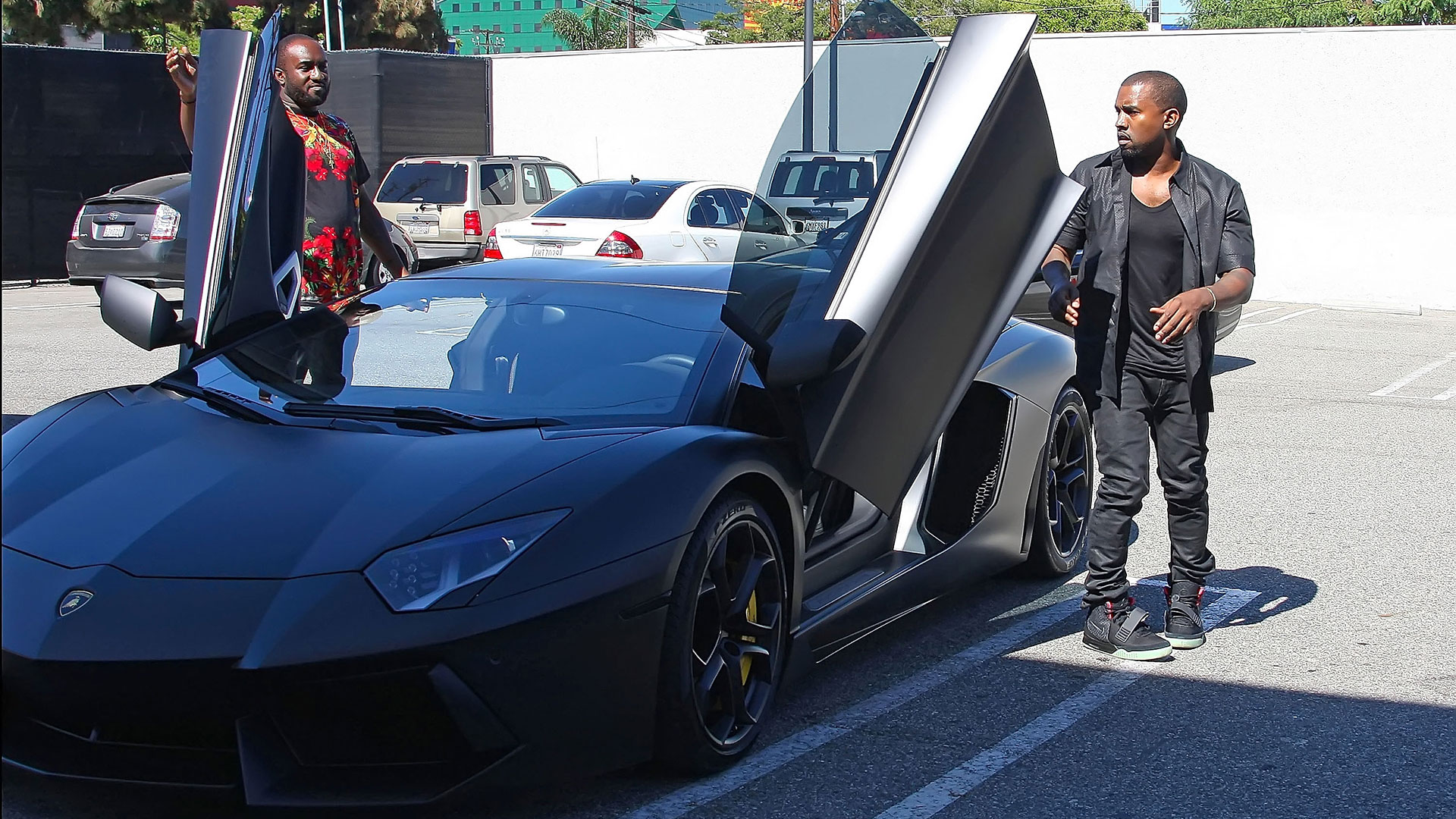

Music videos, particularly those of the hip-hop variety, are rife with all manner of exotic supercars. Nothing tells your fan base you’ve made it like spitting verses in front of a Ferrari, Bugatti or tricked-out Bentley sitting high on spinning dubs. As Kanye once surmised, “What you think I rap for? To push a fucking RAV4?” No one expects Yeezy to willingly climb into Toyota’s compact ute. Though maybe he should. Particularly if he could get scads of scratch for doing so.
Paid integration between brands and recording artists is nothing new. Lady Gaga, Beyonce, Jennifer Lopez, Britney Spears, Justin Bieber, Flo Rida, Drake and others all have cashed six-figure paychecks to weave a product or service into their videos, most of which garner hundreds of millions of views. The man who helped pioneer these strategic partnerships is Adam Kluger. Car companies will pay to insert their cars into TV shows, movies, just about every major cultural event on planet Earth, but not in music videos. And Kluger thinks they’re missing a huge opportunity.
Kluger bills himself as a middleman who represents neither the brand nor the artist. He’s simply a connector, taking a commission from both parties once a deal is signed. Since launching The Kluger Agencyin 2008, he’s gotten 23 billion views for brands willing to pay to play. In 2014 alone, videos that Kluger worked on averaged 114 million views. Each. Laughed out of record labels when he originally pitched this concept as a marketing intern eight years ago, Kluger has seen the tables turn. When he comes calling now, everyone’s all ears.
Well, nearly everyone. Car companies have been a marked holdout from the new paradigm. Kluger’s had conversations with auto brands before, but none wanted to take the plunge. Excuses for the trepidation take many forms—concerns over efficacy; the turn-around time for video shoots is too harried; artist’s labels already may have existing relationships with manufacturers; and expensive cars, those costing more than $100,000, will get gratis placement organically.
But pricey models, while flashy, aren’t going to reap the benefits of that exposure. “Look at the demographic of people who watch music videos,” Kluger says. “At least 85 percent of them are between 13 and 26 years old. They can’t afford a Bentley or a Lamborghini. If you’re a car company with a $20,000 car, those kids are right in your wheelhouse. Some affordable manufacturer spending $30 million buying mass media has to rethink it and jump on this.” Kluger believes that if they shifted a few million away from traditional spends and into music integrations, their marketing efforts would have a far greater impact.
Some have tried. Poorly. Fiat’s partnership with Jennifer Lopez was nothing short of a catastrophe for Chrysler. Lopez was tapped as the spokesperson and shilled hard for the tiny 500 during its stateside launch in 2011. Part of that deal was a gratuitous placement in Lopez’s video for “Papi.” “I don’t know how many Fiats they sold, but I live in Miami, a huge Latin market, and I don’t see any cruising around here,” Kluger quips. (For the record, Fiat didn’t sell many: only 15,000 of an expected 50,000 were sold in the US through October of 2011.)

